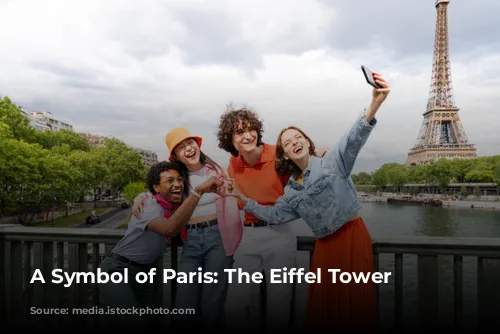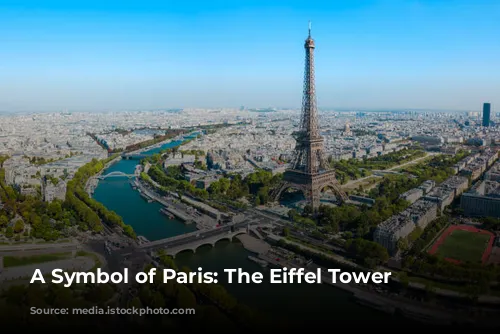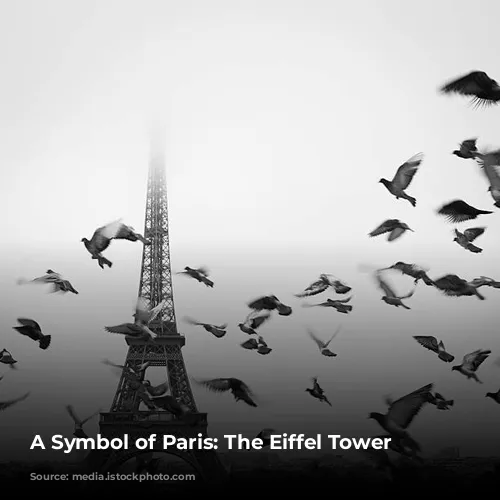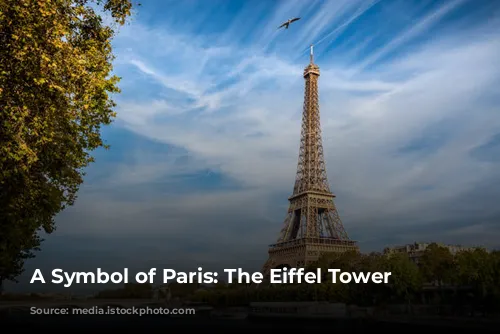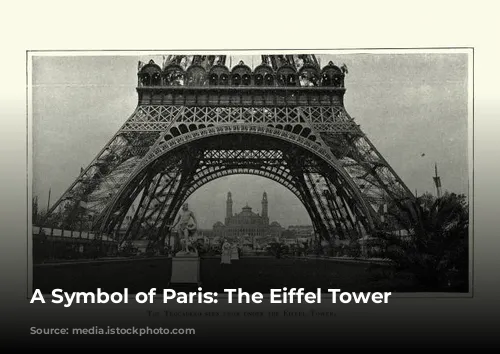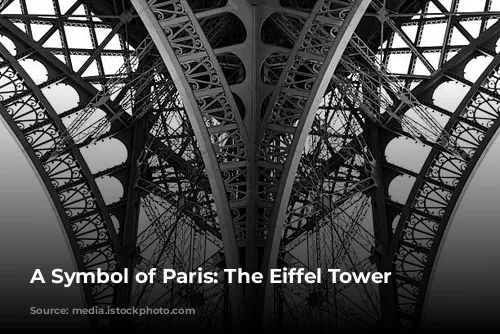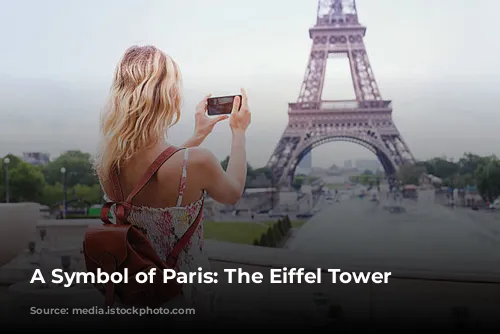The Eiffel Tower, a towering icon that graces the Parisian skyline, is more than just a beautiful structure; it’s a testament to human ingenuity and a symbol of French pride. But what was its original purpose, and how did it become the world-famous landmark it is today?
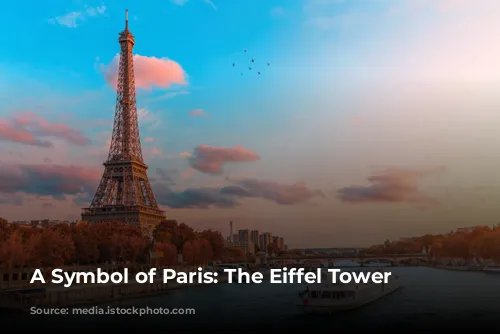
A Monument for the Century
The Eiffel Tower’s story begins in 1889, when France was celebrating the centenary of the French Revolution. To commemorate this historic event, a grand International Exposition was planned, and the French government sought a stunning monument to be the centerpiece.
A competition was held, with over 100 design proposals submitted. The Centennial Committee selected the plan of renowned bridge engineer Gustave Eiffel, who envisioned a tall, elegant structure made of wrought iron.
The Eiffel Tower was not only meant to be a spectacular entrance gateway to the exposition but also a showcase of French industrial prowess. The tower’s construction was a feat of engineering, demonstrating Eiffel’s masterful knowledge of metal arch and truss forms.
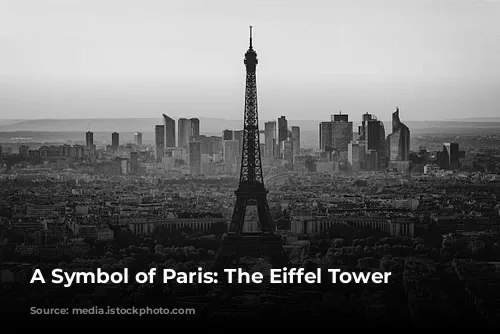
Beyond the Exposition: A Lasting Legacy
The Eiffel Tower quickly captured the world’s imagination, becoming a symbol of Paris and its cultural significance. While initially intended as a temporary structure for the exposition, its enduring beauty and engineering brilliance ensured its survival.
The tower has since been adapted to accommodate various purposes, from a meteorological station to a military telegraph station. It even served as a laboratory for studying aerodynamics.
The Eiffel Tower also plays a role in celebrating global events. Its lighting system is often used to commemorate major world occasions, transforming the tower into a beacon of hope and solidarity.
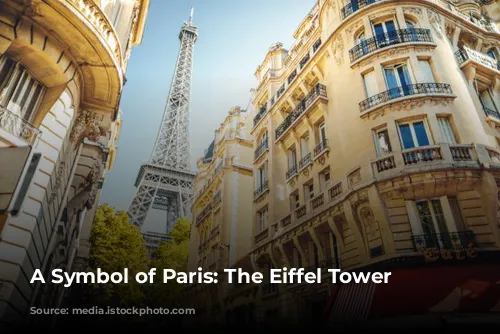
A Marvel of Engineering: The Eiffel Tower’s Construction
The Eiffel Tower is a marvel of engineering, constructed almost entirely of open-lattice wrought iron. The tower’s design is a testament to Eiffel’s expertise, utilizing metal arch and truss forms to create a strong yet airy structure.
The construction process required millions of rivets to hold the tower’s intricate latticework together. The tower’s four lattice-girder piers taper inward, eventually joining to form a single vertical tower.
The Eiffel Tower features two viewing platforms accessed via elevators designed by the Otis Elevator Company. These glass-cage elevators are a distinctive feature of the tower, adding to its architectural charm.
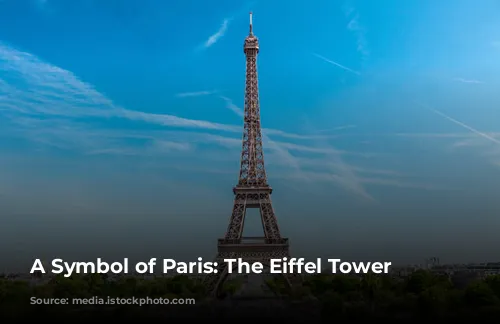
Location and Height: A Towering Presence in Paris
The Eiffel Tower stands majestically in Paris’ 7th arrondissement, on the Champs de Mars, at 5 Avenue Anatole France. Situated on the “Left Bank,” this historic neighborhood is also home to other iconic landmarks, such as the Musée d’Orsay and the Rodin Museum.
The Eiffel Tower reaches a height of 300 meters (984 feet), with its TV antenna adding an additional 30 meters (98 feet) to its overall height. For many years, it held the title of the world’s tallest structure until it was surpassed by the Chrysler Building in New York City.

The Eiffel Tower’s Sparkle: A Nighttime Spectacle
The Eiffel Tower is known for its nighttime spectacle, when it sparkles for five minutes each hour, starting at the top of the hour. This lighting system was installed in 1985, though the tower has been illuminated in various ways since its debut in 1889.
The Eiffel Tower is a timeless icon, symbolizing both architectural brilliance and cultural significance. Its presence on the Parisian skyline continues to captivate visitors from around the world, reminding them of the city’s beauty, history, and enduring legacy.

